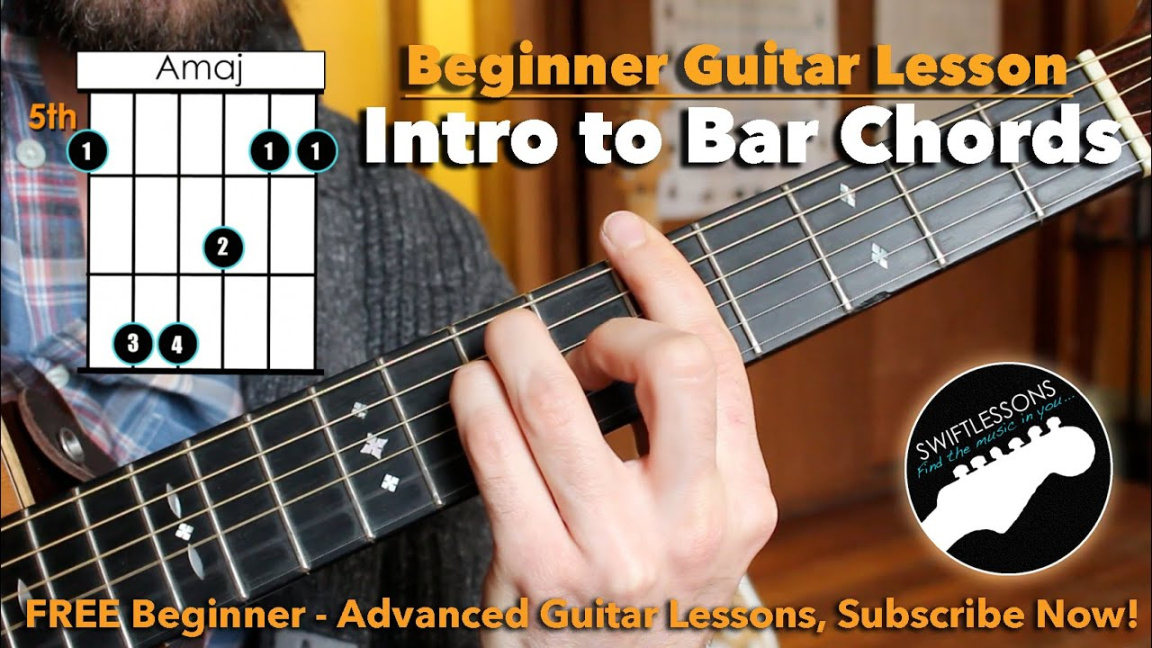—
How To Play Barre Chords: A Beginner’s Guide to Mastering the Guitar’s Power Chords
Barre chords. They’re the cornerstone of rock, pop, and countless other guitar-driven genres. But for beginners, they can feel like an insurmountable wall. The hand cramps, the buzzing strings, the sheer frustration—it’s a common rite of passage for any aspiring guitarist. However, mastering barre chords is less about brute strength and more about technique, patience, and a bit of understanding. Let’s break down how to conquer these formidable chords and unlock a whole new world of musical possibilities.
Understanding the Barre Chord Concept
Before diving into the mechanics, it’s crucial to grasp the fundamental concept. A barre chord essentially transforms any open chord shape into a movable chord. You’re using your index finger to “barre” or press down all the strings at a specific fret, effectively creating a new “nut” for the guitar. This allows you to play the same chord shape in different keys by simply moving it up or down the fretboard.

Think of it like this: you’re creating a portable open chord. The E major open chord shape, for instance, can become an F major, F# major, G major, and so on, just by moving it and barring the appropriate fret. This versatility is what makes barre chords so essential.
Setting Up for Success: Proper Posture and Hand Position
The foundation of successful barre chord playing lies in your posture and hand position. A relaxed, yet firm grip is key.
Posture: Sit upright with your back straight. Avoid slouching, as this can strain your wrists and make it harder to apply consistent pressure. Keep your guitar at a comfortable angle, ensuring your fretting hand can move freely.
Breaking Down the Technique: Step-by-Step
Now, let’s break down the technique into manageable steps.
Start with the E Shape Barre Chord: This is often the first barre chord beginners learn. It’s based on the open E major chord shape.
Common Challenges and Solutions
Beginners often encounter several challenges when learning barre chords.
Hand Cramps: This is a common issue. Take frequent breaks and stretch your hands. Gradually increase your practice time as your hand strength improves.
Building Hand Strength and Endurance
Developing hand strength and endurance is crucial for playing barre chords comfortably.
Finger Exercises: Regularly perform finger exercises to strengthen your hand muscles.
Conclusion
Barre chords are a fundamental skill for any guitarist. While they may seem challenging at first, with consistent practice and a focus on proper technique, you can master them. Remember to prioritize proper posture, hand position, and apply even pressure. Start with the E shape barre chord and gradually progress to the A shape. Don’t be discouraged by initial difficulties; every guitarist faces them. By breaking down the technique into manageable steps and practicing regularly, you’ll unlock a new level of guitar playing and open the door to a vast world of musical expression. Mastering barre chords is a journey, not a race. So, be patient, persistent, and enjoy the process. Happy playing!

